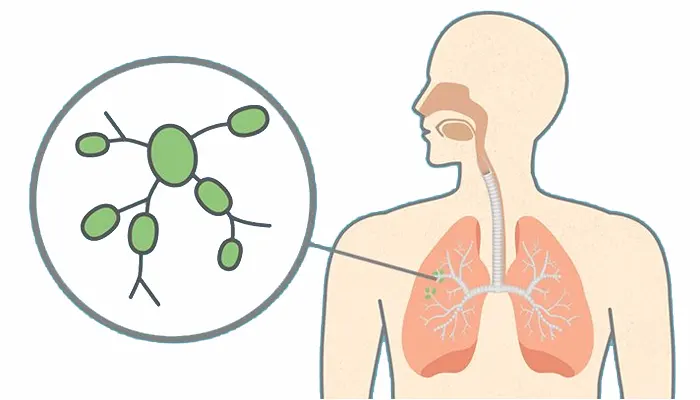Mastectomy is the surgical removal of the entire breast. During a mastectomy, a surgeon removes tissue from one or both breasts. Sometimes other tissues near the breast, such as lymph nodes, are also removed. It’s used to treat breast cancer in women and breast cancer in men.

Types of mastectomy
There are types of mastectomy that we will explain briefly,

Total (simple)
The surgeon removes the entire breast and the lining of the chest muscle, but no other tissue. The surgeon removes the entire breast. The surgeon does not perform axillary lymph node dissection (removal of lymph nodes in the underarm area). Sometimes, however, lymph nodes are occasionally removed because they happen to be located within the breast tissue taken during surgery. No muscles are removed from beneath the breast. Total mastectomy is also used for women at high risk who have prophylactic mastectomy. Sometimes breast reconstruction is done at the same time as a mastectomy.
Modified radical
This involves the surgeon removing the entire breast and underarm lymph nodes but leaving the chest wall muscles intact. Modified radical mastectomy involves the removal of both breast tissue and lymph nodes:
*The surgeon removes the entire breast.
*Axillary lymph node dissection is performed, during which levels I and II of underarm lymph nodes are removed.
*No muscles are removed from beneath the breast.
Breast cancer often spreads to these lymph nodes. It can then spread to other parts of the body. In some cases, part of the chest wall muscle is also removed.
Radical mastectomy
A now-rare procedure where all of the breast tissue is removed, as well as the skin covering it, the two muscles behind the breast and the lymph nodes in the armpit
This involves the surgeon removing the entire breast, the underarm lymph nodes, and the chest wall muscles. Radical mastectomy is the most extensive type of mastectomy:
The surgeon removes the entire breast.
Levels I, II, and III of the underarm lymph nodes are removed.
The surgeon also removes the chest wall muscles under the breast.
Partial mastectomy
Partial mastectomy is the removal of the cancerous part of the breast tissue and some normal tissue around it. While lumpectomy is technically a form of partial mastectomy, more tissue is removed in partial mastectomy than in lumpectomy.
Nipple-sparing mastectomy
This relatively new procedure involves leaving the skin, nipple, and peripheral breast tissue intact. During nipple-sparing mastectomy, all of the breast tissue is removed, but the nipple is left alone.
skin-sparing mastectomy
This involves the surgeon removing the breast tissue and nipple but leaving the skin intact. A surgeon also reconstructs the breast during the procedure. The breast tissue, nipple, and areola are removed. But most of the skin over the breast is saved. This type of surgery seems to work as well as radical mastectomy. It is used only when breast reconstruction is done right after the mastectomy. It may not be a good method for tumors that are large or near the skin surface. All of the breast tissue is removed, including the nipple, but most of the skin covering the breast is left.
Lymph nodes
Lymph nodes are tiny, oval-shaped balls that help take out bacteria and other wastage from the body. If the cancer has extended to them, the lymph nodes under your arm will be taken out during the surgery.

If pre-surgery experiments didn’t detect cancer in your lymph nodes, a few may be removed during the operation for future testing. If these experiments detect cancer, you may need radiotherapy or another operation.
Some hospitals are able to test the lymph nodes while you’re being operated on, which makes less the need for a second operation.
Breast rehabilitation surgery after mastectomy
You may be concerned about how your breast will seem after a mastectomy so in most cases, breast reconstruction surgery may be done and this surgery rebuilds the breast so it is the size and shape of your other breast. Many women have breast reconstruction done at the same time as a mastectomy but some women wait and have it done as a second surgery later.
Talk with your doctor about your reconstructive surgery options. Other options after a mastectomy include wearing a breast form (breast prosthesis) or a special mastectomy bra.

